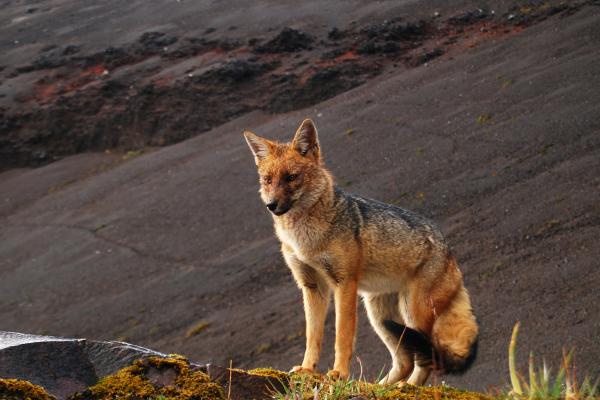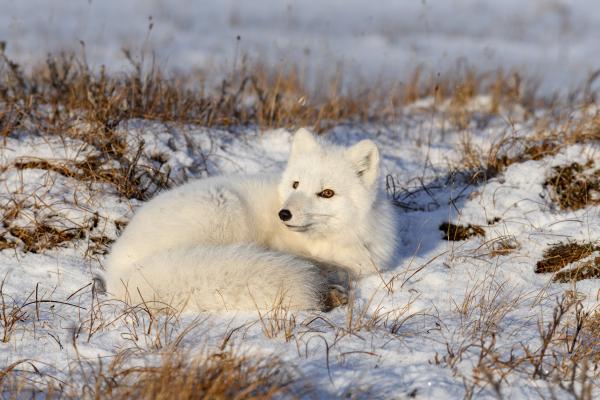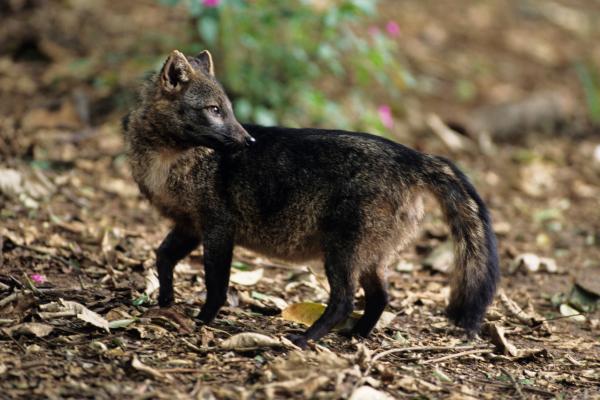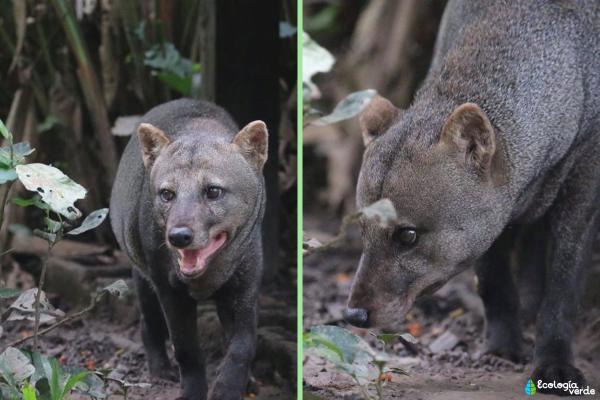Foxes (tribe Vulpini, family Canidae) are among the most adaptable and widespread carnivores on Earth. With over 30 species spanning deserts, plains, mountains, and islands, foxes have evolved an astonishing array of sizes, colors, and behaviors. Whether you’re a wildlife enthusiast, nature blogger, or simply curious about these clever canids, this guide will introduce you to 24 notable fox species, their scientific names, distinctive traits, habitats, and conservation status.

The red fox is the most widespread fox species, inhabiting every continent of the Northern Hemisphere. Adult lengths range from 60–75 cm (excluding tail), with bushy white-tipped tails and striking reddish coats. Highly adaptable and omnivorous, red foxes feed on rodents, birds, insects, fruits, and even human refuse. Their ability to thrive in urban, suburban, and wild environments makes them “Least Concern” on the IUCN Red List.

Native to the Sahara Desert and Arabian Peninsula, the fennec fox is the smallest fox species, weighing just 1–1.5 kg. Its oversized ears (up to 15 cm long) dissipate heat and detect subterranean prey. Sandy fur reflects sunlight, while nocturnal habits help avoid daytime heat. Though popular in the exotic pet trade, habitat loss and illegal capture put local populations at risk.

Also known as the North American kit fox, it inhabits arid grasslands and deserts of the southwestern United States and Mexico. Adult body lengths span 37–70 cm. Their pale coat blends into sandy terrain, and they live in complex family burrows underground. Primarily nocturnal, kit foxes prey on rodents and insects. Human development and road mortality have earned them a “Near Threatened” status regionally.

Found throughout the Andes and adjacent foothills of South America, the culpeo is one of the largest South American foxes, measuring 45–92 cm in body length. Their thick, gray-brown coats and solitary hunting behavior help them survive at elevations up to 5,000 m. They target rabbits, rodents, and small ungulates. Habitat degradation and hybridization with domestic dogs are emerging threats.

Endemic to sub-Saharan Africa, the bat-eared fox boasts an extraordinary 46–50 teeth—more than any other mammal—adapted for an insectivorous diet focusing on termites and beetles. Body length is 50–65 cm, with large ears for thermoregulation and echolocation of underground prey. Highly social, they often forage in pairs or small groups. Their wide distribution keeps them at “Least Concern.”

Masters of the Arctic tundra, these foxes switch from pure white winter coats to slate gray or brown summer pelage. At 50–75 cm long, they rely on lemmings as a primary food source but will scavenge seabird remains and seaweed if needed. Climate change and shrinking sea ice have led to regional declines, earning them a “Vulnerable” assessment.

Also called the forest fox, it is native to South America’s tropical and subtropical woodlands, savannas, and wetlands. Adults measure 50–65 cm and exhibit a bushy tail often held curled over the back. Omnivorous and opportunistic, they feed on crustaceans, small vertebrates, fruits, and carrion. Human encroachment and roadkills have modestly affected populations, but they remain “Least Concern.”

Restricted to California’s Channel Islands, this diminutive fox (≈50 cm body length) evolved from mainland gray foxes. Each island hosts its own subspecies, many of which experienced dramatic population crashes due to disease and introduced predators. Conservation efforts have helped several subspecies recover from “Critically Endangered” to “Near Threatened.”

Roaming the high-altitude steppes and meadows of the Tibetan Plateau, the Tibetan fox sports a distinctive square muzzle and sandy-gray coat. At 45–65 cm long, they prey primarily on pikas, marmots, and other small mammals. Harsh climate and limited range make them sensitive to pasture overgrazing and human disturbance; their status is currently “Least Concern” but merits monitoring.
Also known as the short-eared dog-fox, this elusive species inhabits the Amazon rainforest. Unique among foxes, adults reach up to 1 m in total length, with short ears and legs adapted for dense undergrowth. They feed on small vertebrates, fish, and insects. Deforestation poses the greatest threat, leading to a “Near Threatened” classification.

Endemic to southern Chile, Darwin’s fox is one of the world’s rarest canids. At around 60 cm body length, its reddish-brown coat and secretive habits make it hard to study. Only two isolated populations remain, both protected within national parks. Habitat loss and disease have pushed it to “Critically Endangered.”

Corsac Fox (Vulpes corsac) – Central Asian steppes
Bengal Fox (Vulpes bengalensis) – South Asian plains
Pale Fox (Vulpes pallida) – Saharan transition zones
Corsac Fox (Vulpes cana) – Iranian and Central Asian deserts
Swift Fox (Vulpes velox) – North American prairies
Rüppell’s Fox (Vulpes rueppellii) – North African deserts
Gray Fox (Urocyon cinereoargenteus) – North American forests
Hoary Fox (Lycalopex vetulus) – Brazilian cerrado
Sechuran Fox (Lycalopex sechurae) – Peruvian deserts
Pampas Fox (Lycalopex gymnocercus) – South American grasslands

Conclusion
Foxes’ remarkable adaptability has allowed them to colonize diverse habitats across every continent except Antarctica. From the tiny fennec’s giant ears to the bat-eared fox’s termite-hunting prowess, each species displays unique evolutionary solutions to survival challenges. Understanding their biology and conservation status is crucial as humans continue to alter landscapes worldwide. Whether you’re planning a wildlife expedition or writing an article on fox diversity, these 24 species offer a captivating glimpse into the world of foxes.
animal tags: Fox species
We created this article in conjunction with AI technology, then made sure it was fact-checked and edited by a Animals Top editor.